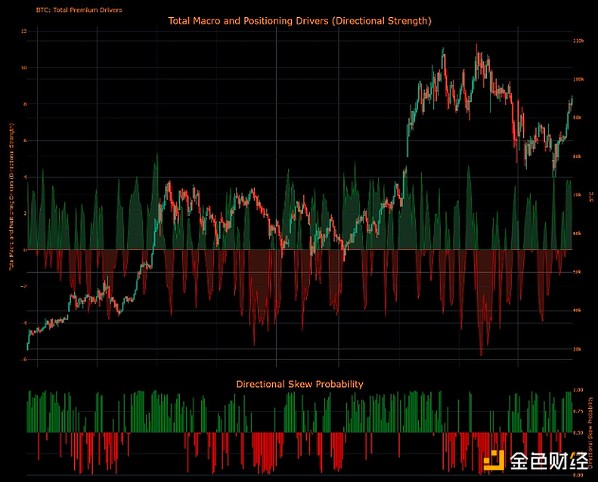Author: Biraajmaan Tamuly, CoinTelegraph; Compiler: Deng Tong, Golden Finance
U.S. Treasury funds saw inflows of $19 billion, the highest level since March 2023, and 30-year Treasury yields fell 30 basis points.
Foreign central banks reduced their holdings of U.S. Treasuries to 23%, the lowest level in 22 years, while gold reserves reached 18%.
In a similar trend, Bitcoin soared from $9,000 to $60,000 in 2020, suggesting a similar result in 2025.
A major shift in global financial trends is taking place, and the price of Bitcoin (BTC) could benefit greatly from it. The latest data shows that U.S. Treasury funds had a net inflow of $19 billion last week, exceeding the peak of $14 billion during the 2020 epidemic, and the four-week moving average rose to $7 billion, the highest level since March 2023.

U.S. Treasury inflow chart. Source: X.com
The 30-year Treasury yield has fallen 30 basis points from its April peak, indicating that bond prices have risen as investors are willing to accept lower returns in exchange for the safety of these bonds. The surge in demand for Treasuries as a safe-haven asset has boosted market liquidity and stability while lowering borrowing costs in the United States.
However, foreign central banks have adjusted their strategies, cutting their holdings of Treasuries to 23% of U.S. government debt, the lowest level in 22 years.
This suggests that while private investors may have driven inflows, foreign central banks are exiting, possibly due to the ongoing tariff dispute with the United States.

Foreign central banks' gold and treasury bond holdings. Source: X.com
At the same time, gold's share of global reserves soared to 18%, a 26-year high, up 8% since 2015. Among them, China's gold reserves have doubled to 7.1% since 2023.
The global trend of de-dollarization is exactly the same as Bitcoin's positive pattern. During the 2020 pandemic, as U.S. Treasury inflows surged amid uncertainty over the coronavirus pandemic, bitcoin prices soared from $9,000 to nearly $60,000 at the start of 2021, and gold’s share of global reserves grew 14.5% in 18 months. The current stabilization of bond markets and the central bank rush for gold mean that bitcoin’s next bull run will face similar triggers. In 2023, as Treasury yields rose on recession fears, bitcoin rose 47% in a month, while the Nasdaq fell 8.7%. Bitcoin’s appeal as a global store of value has increased as yields fall and central banks signal a loss of confidence in the dollar. However, if global markets fall into a recession in 2025, bitcoin’s bullish thesis could falter. This is because, as noted last week, during economic downturns, investors decide to prioritize liquidity and traditional safe-haven assets, such as cash or U.S. Treasuries, over speculative assets like Bitcoin.
Bitwise CEO says: Google searches for "Bitcoin" are at a long-term low
Anonymous global market researcher Capital Flows noted that macroeconomic liquidity and market positioning factors are driving Bitcoin's bullish price action. The analyst highlighted BTC's impact strength in the directional probability tilt chart, indicating that it is ready to rise.

Bitcoin’s overall macroeconomic positioning. Source: X.com
This is consistent with observations by Bitwise CEO Hunter Horsley:Google searches for “bitcoin” are near long-term lows, suggesting that the momentum behind Bitcoin’s gains is coming from institutions, consultants, corporations, and countries, not retail investors.
The lack of retail-driven search interest stands in stark contrast to historical trends. In historical trends, Bitcoin searches are highly correlated with its price in the previous cycle (r=91%, according to SEMrush data), suggesting a shift in market dynamics where institutional adoption is driving demand.
 Alex
Alex







